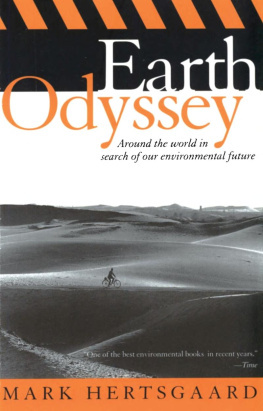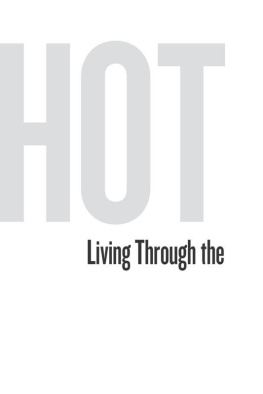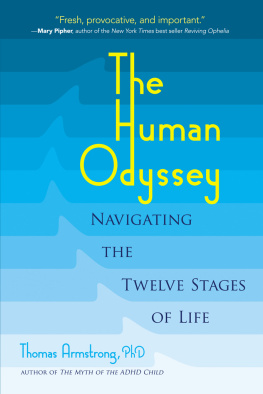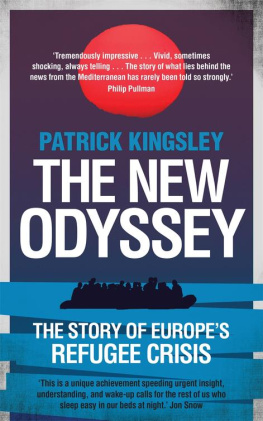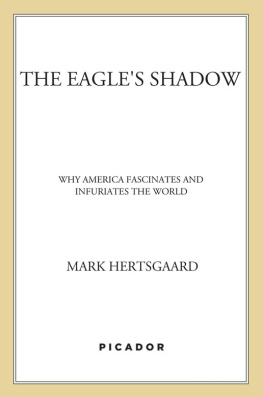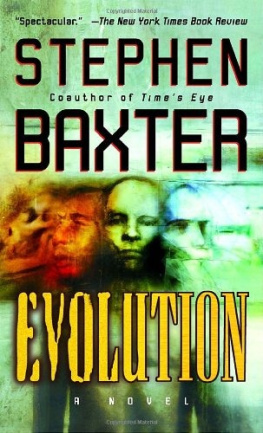Of all the hundreds of people I met during six years of traveling the world to research Earth Odyssey, it is Zhenbing Zhou who remains most vivid in my mind. Zhenbing was my interpreter in China; we traveled and worked together for six weeks before parting at the Hong Kong border in January 1997. He was a delightful and valuable traveling companion, for he had an easy laugh and exuded a charismatic good cheer that enabled him to strike up conversations with everyone from high government officials to gap-toothed peasants. And while he knew little about environmental issues per se, Zhenbing ended up teaching me more about the human environmental predicament than many of the august policy experts I consulted during my global adventure.
One day, as the train he and I were riding across Shanxi province in central China was delayed at a remote rural station, a middle-aged woman in rags crawled into a garbage can on the platform to scavenge for food. Such a scene was common in China, but it caused Zhenbing to reminisce about the pinched circumstances of his own early life growing up amid the economic deprivation and political chaos of the Cultural Revolution. The second of three sons, he had been raised in a small village about 120 miles northwest of Beijing. Like most Chinese peasants, his family was too poor to afford coal to heat their mud hut in winter. Instead, in a climate where temperatures often dropped well below zero, they burned crop stalks or dried leaves.
Zhenbing insisted the arrangement had been comfortable enough, but he also confided that the inside wall of his family's hut was often white with icy waterdrops from November to March. In my village, he added, when a girl was preparing to marry, the first thing the parents checked was: Will the back wall of the would-be son-in-law be white or not?' If not white, they approved the marriage, because that meant his family was wealthy enough to keep the house warm.
The life of China's peasants began improving in the late 1970s as the market reforms of Deng Xiaoping transformed the nation's economy. More money began trickling into the hands of Zhenbing's family, and one of the first things they, and many other families, bought with it was winter coal. Who could blame them? As a result, white walls grew less common, and for the first time in their history, the Chinese people felt somewhat warm in winter. Zhenbing even got his first pair of shoes.
But the additional coal burning carried a heavy environmental cost. Multiply the story of Zhenbing's family by the nearly one billion people who lived in China at that time and you understand why China soon suffered some of the worst air pollution on earth. When I arrived in 1996, after fifteen more years of coal-powered economic development, there was so much coal dust in the air over cities like Beijing and X'ian that the midafternoon sky looked as dark as dusk. At the time, China boasted five of the world's ten most air-polluted cities (the ratio would increase to nine of ten by 1998) two million Chinese were dying every year from air and water pollution, and acid rain was affecting 29 percent of the nation's land area. Outsiders had cause for concern as well, for China's coal burning had made it the world's second-largest producer of the greenhouse gases that were causing global climate change.
But as I say, who could blame Zhenbing's family for wanting to shield themselves from winter's cold? Anyone else would have done the same thing. Which is why I'm grateful to Zhenbing; he unwittingly helped me understand that the biggest environmental problem in the world today is not climate change or ozone depletion or disappearing species or any of the other threats I set out to investigate when I left San Francisco in 1991 to travel the world. No, the biggest environmental problem is povertyor, more precisely, the urge of billions of people to escape a level of poverty inconceivable to Americans. No one can begrudge the poor a better life, but the environmental consequences of their ascent from misery will be profound, particularly since most of the six billion humans now living on this planet are indeed distressingly poor.
If poverty is the biggest environmental challenge of our time, however, wealth is the biggest environmental burden. The consumption patterns of the nearly one billion people who live in the affluent world of Europe, North America, and other industrialized countries cause much more environmental damagemore greenhouse gas emissions, more forest cutting, more soil, air and water pollutionthan do the strivings of the impoverished human majority. China again illustrates the point. Measured by population, Chinese outnumber Americans nearly five to one. Yet the United States dwarfs China's total environmental impact because Americans consume fifty-three times as many goods and services per capita.
All this gives Americans a special responsibility regarding the question I set out to investigate in Earth Odyssey: Will the human species act quickly and decisively enough to save itself from the many environmental hazards crowding in on it at the dawn of the twenty-first century?
Opinion polls indicate that most Americans consider themselves to be environmentalists. Nevertheless, for most of us, the environment remains an abstraction. Problems like global warming and ozone depletion may worry us, but we assume they lurk well off in the future or in distant lands and pose no real danger to us. In the following pages, I have tried to pierce that complacency, and make the abstract concrete, by writing a different kind of environmental book. Rather than the dry bureaucratic prose found in most such volumes, I have grounded my narrative in stories about the people and places I encountered during my global adventurepeople like Zhenbing and his family; Garang, my guide through famine-plagued southern Sudan; Valodya, my driver in western Siberia; and dozens more. To these people, the environmental crisis is no mere abstraction; it is a punishing reality they live with every day.
And that reality, alas, continues to deteriorate. Just in the months since the hardback edition of Earth Odyssey was published, scientists have discovered that the Amazonian rainforest is being destroyed twice as fast as previously thoughtominous news, considering that the current global rate of loss will, if unaltered, leave the planet with no rainforests at all by 2050. Also by 2050, global emissions of greenhouse gases are expected to tripleanother bad sign, considering that two South Pacific islands, Abanuea and Tebua Tarawa, disappeared beneath rising sea levels in 1999. Meanwhile, the Red Cross reported that deforestation and climate change are responsible for a sharp increase in what used to be called natural disasters, and that these tragedies are driving more and more people around the world into the poverty that spurs more environmental damage. The Red Cross estimated the number of so-called environmental refugees at 25 million in 1998. But that is a conservative figure. After all, the floods that roared through China's Yangtze and Songhua river valleys in 1998 displaced, at least temporarily, 56 million people.

